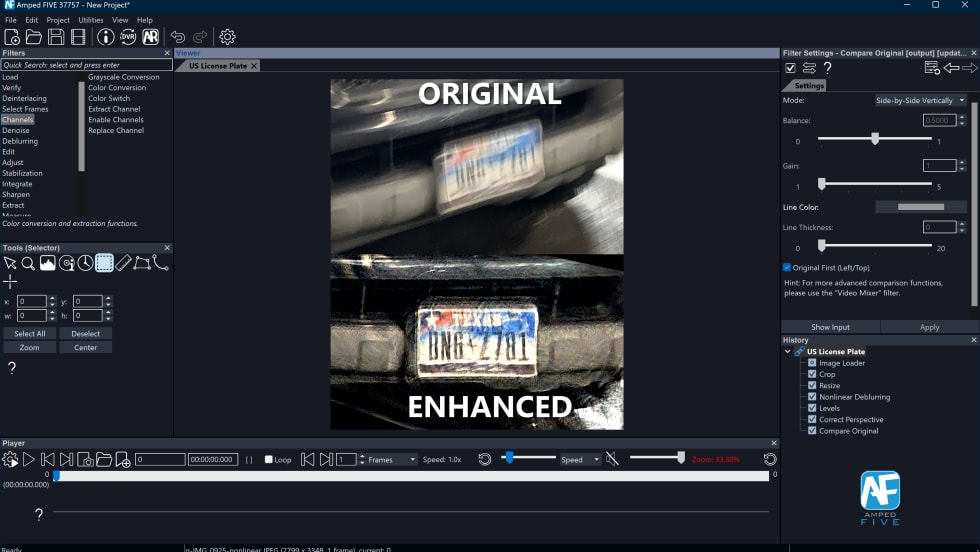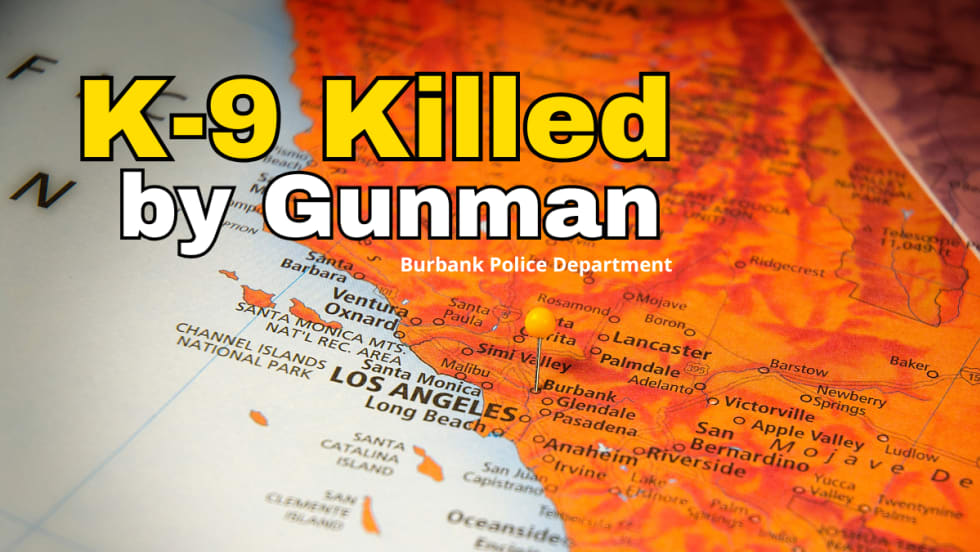The federal report “confirms what we know in Massachusetts and what the governor’s working group learned in the listening sessions,” said Marylou Sudders, the state’s secretary of health and human services, referring to the study group that last month produced a 65-step plan for fighting opioid abuse.
“Heroin use is increasing at an alarming rate in many parts of society, driven by both the prescription opioid epidemic and cheaper, more available heroin,” Dr. Tom Frieden, CDC director, said in a statement.
To address heroin use, the CDC says, states must combat prescription drug abuse; make treatment more readily available, particularly drugs such as methadone or Suboxone that can quiet an addict’s cravings; and expand access to naloxone, the drug that reverses opioid overdoses.
Sudders said that within two weeks, the state will begin soliciting proposals to improve its prescription drug monitoring program. It maintains a database of opioid prescriptions that doctors and others can consult to determine whether a patient is obtaining drugs from multiple providers, but doctors have complained that it is cumbersome to use and not kept up to date.
Governor Charlie Baker, Sudders said, will soon present the Legislature with a package of bills that allow bulk-purchasing of naloxone — widely known by the brand name Narcan — to make it less expensive for municipalities. He also will propose allocating $27 million for new services and prevention programs.











